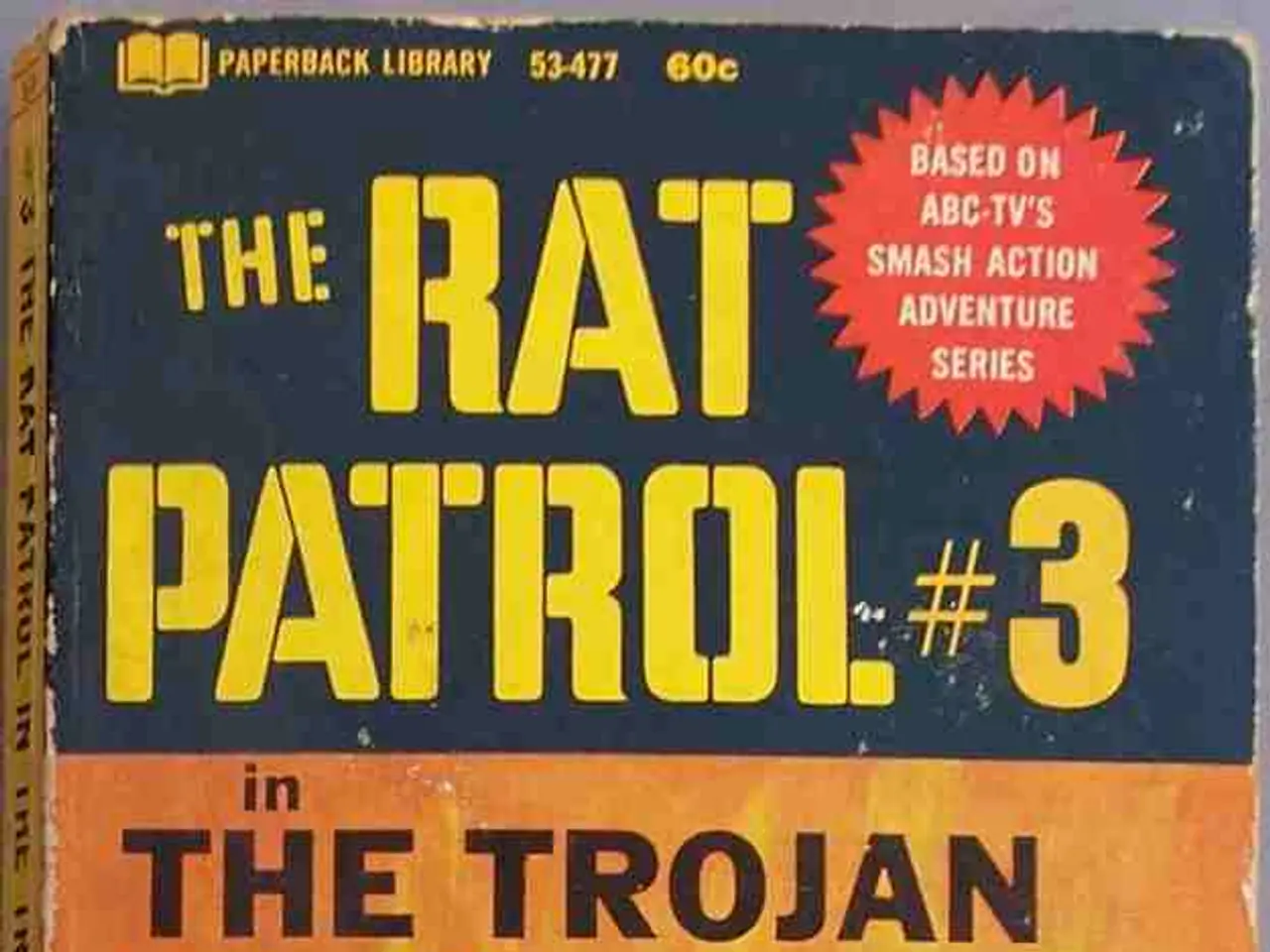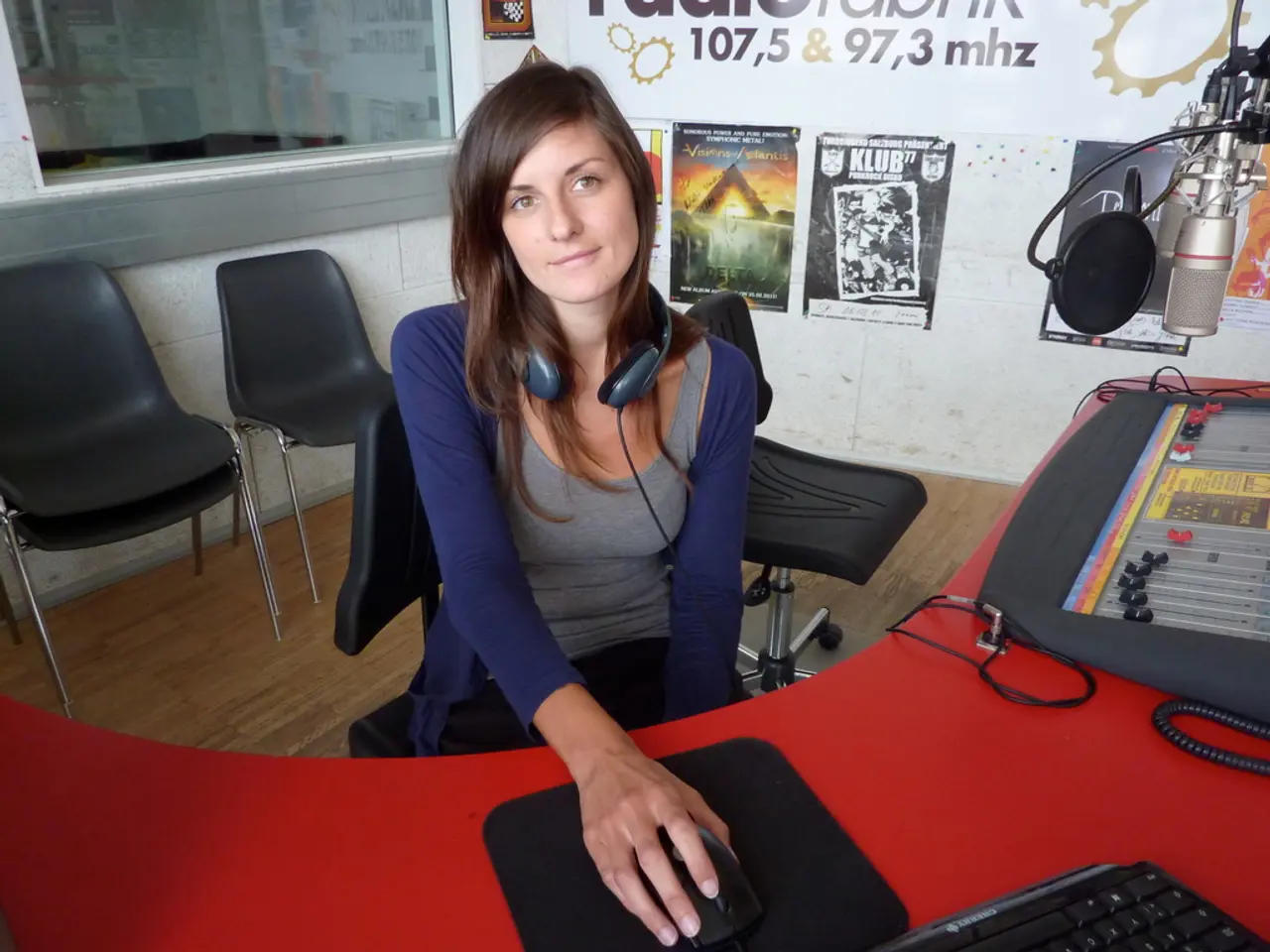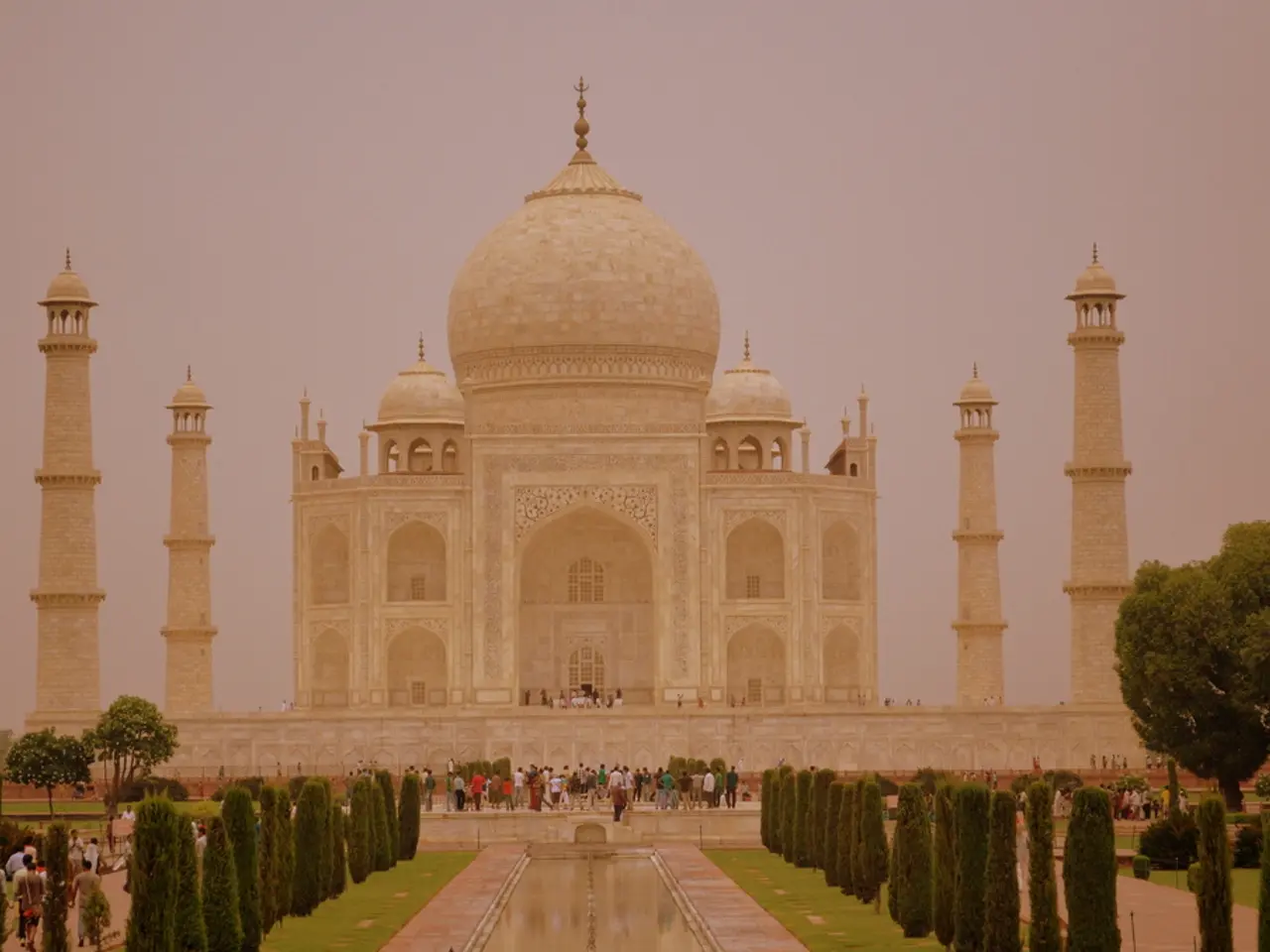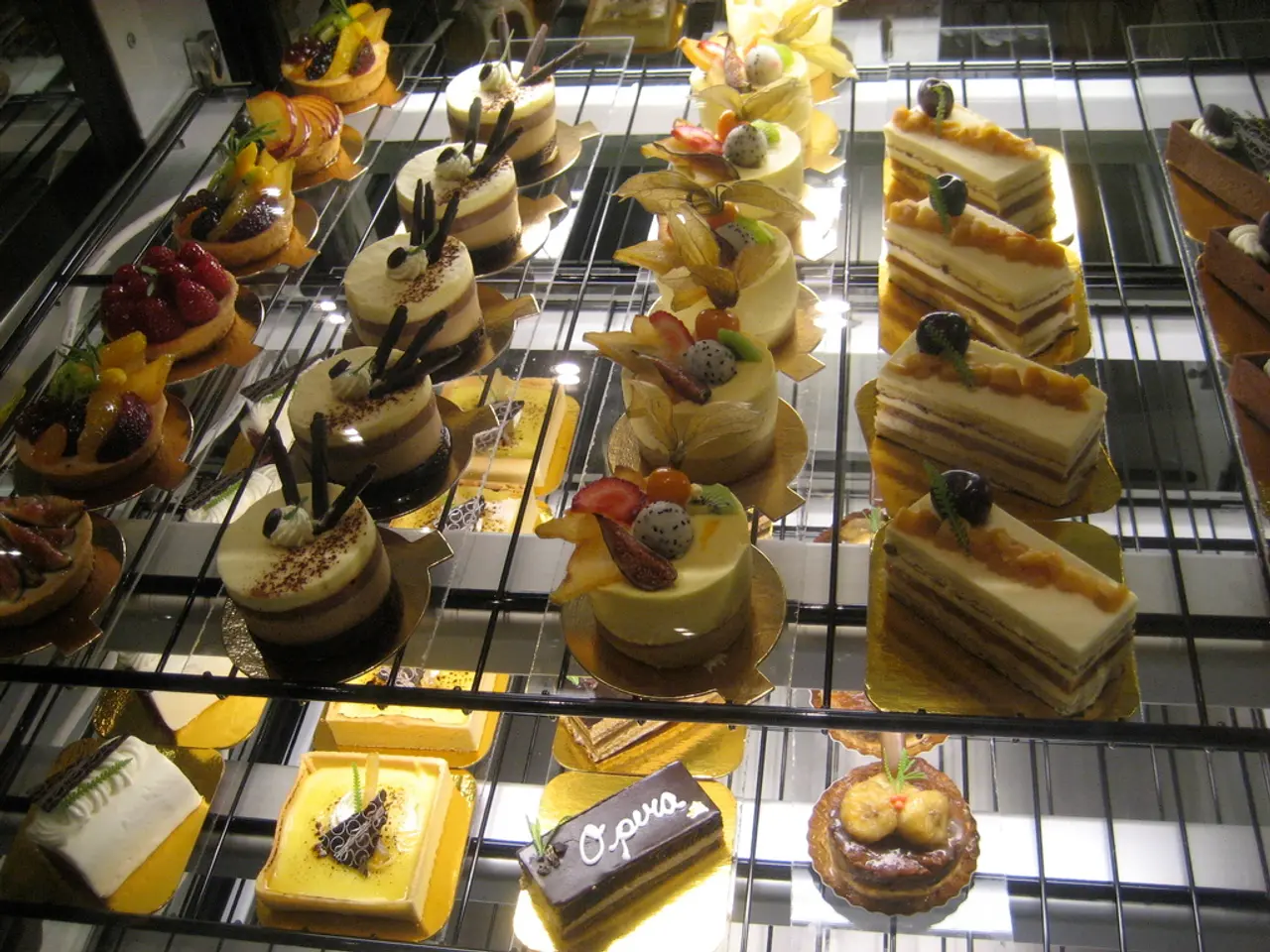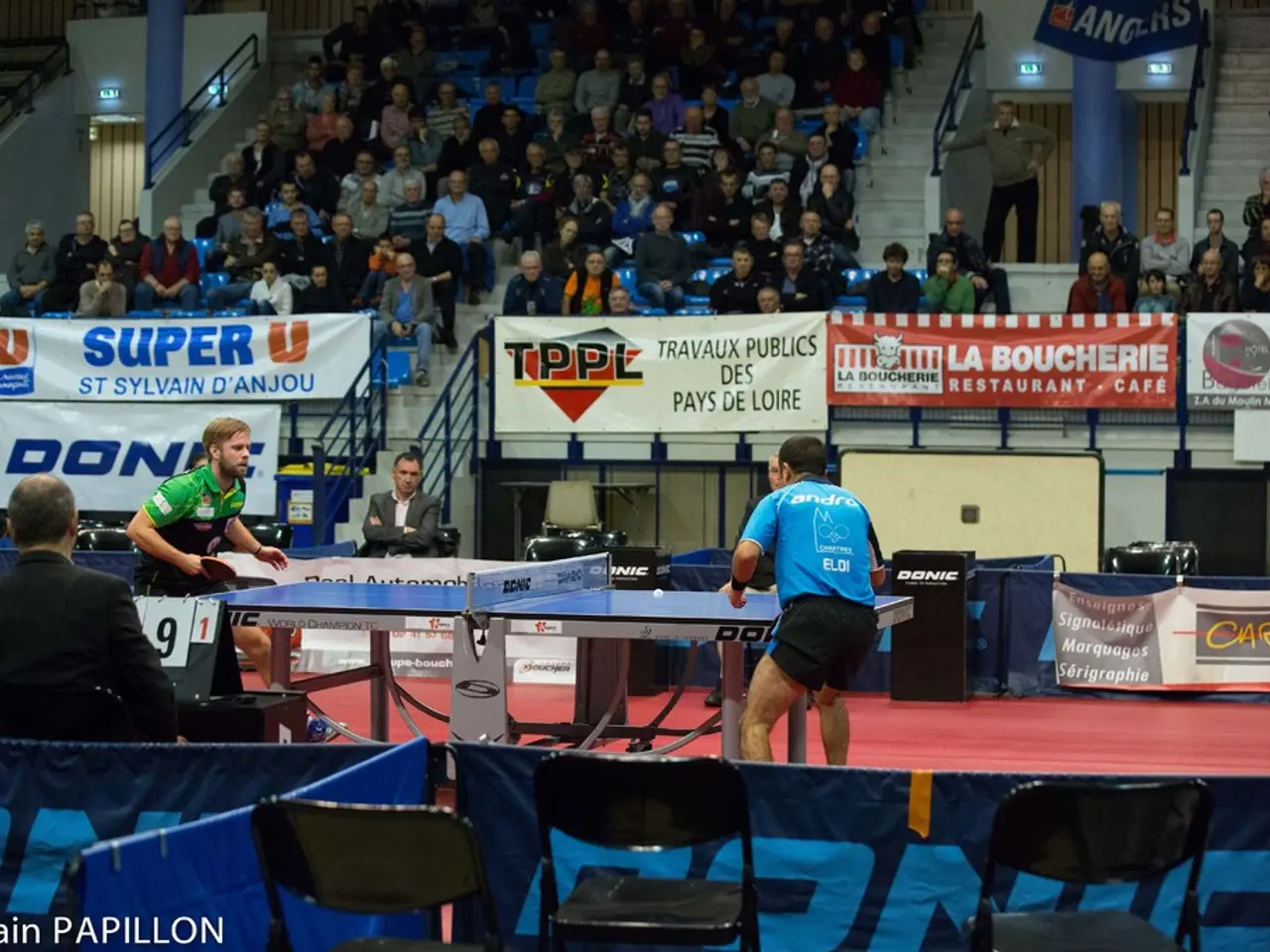The Examination of a Picture: Gaza - Hunger, Truth Struggle, and Conflict
The photograph of 18-month-old Muhammad Zakariya Ayyoub al-Matouq, taken by Gaza-based photographer Ahmed al-Arini, has become a powerful symbol of the humanitarian crisis and growing hunger in Gaza. The image, widely published to highlight extreme child hunger and deprivation, shows Muhammad living in a makeshift tent without access to basic necessities like milk, formula, or vitamins.
However, the context of the image has been a subject of debate. Israeli officials and some commentators claimed that Muhammad has a rare genetic muscular disorder that contributes to his frailty, arguing that the photograph's presentation without this detail was misleading and used to promote a false narrative of starvation caused solely by the blockade. Major media outlets like CNN and The New York Times acknowledged Muhammad’s pre-existing muscle disorder but confirmed he suffered from severe malnutrition exacerbated by the worsening humanitarian conditions due to ongoing conflict and restrictions. The New York Times later updated its reporting to include this medical context while maintaining that starvation and malnutrition remain critical issues in Gaza.
The controversy surrounding the image reflects the complex information environment surrounding the conflict in Gaza. The impulse to publish powerful images and the imperative to contextualize them are both important, but there is a risk of distortion in either case. Media organizations are often caught in the middle when it comes to balancing these two needs.
This is not the first time such debates have arisen in war photography. The history of war photography is marked by contested truths, as seen in the case of the Trnopolje camp during the Bosnian war. Pro-Serb commentators argued that the footage from the camp had been manipulated, but those claims didn't hold up to much scrutiny.
In Gaza, Effie Defrin, a commanding officer and spokesman for the Israel Defense Forces, conducted a press tour in a small section of Gaza and claimed that most of the imagery emerging from the territory was staged. However, these claims have yet to be substantiated.
During his visit to Scotland last week, Donald Trump contradicted the Israeli narrative, stating that the situation in Gaza is real starvation that cannot be faked. The photograph of Muhammad al-Matouq serves as a stark reminder of the reality on the ground in Gaza, symbolizing the plight of many children living in the Gaza Strip amid ongoing conflict and blockade.
[1] Al Jazeera English. (2019). Gaza child photograph sparks controversy. Retrieved from https://www.aljazeera.com/news/2019/03/gaza-child-photograph-sparks-controversy-190320112012545.html [2] The Guardian. (2019). Gaza child photograph sparks controversy over starvation. Retrieved from https://www.theguardian.com/world/2019/mar/20/gaza-child-photograph-sparks-controversy-over-starvation [3] The New York Times. (2019). Gaza Child's Plight in a Photograph Sparks Debate. Retrieved from https://www.nytimes.com/2019/03/20/world/middleeast/gaza-child-photograph-debate.html [4] CNN. (2019). Gaza child photograph sparks controversy over starvation. Retrieved from https://edition.cnn.com/2019/03/20/middleeast/gaza-child-photograph-sparks-controversy-intl/index.html [5] The New York Times. (2019). Gaza Child's Plight in a Photograph Sparks Debate. Retrieved from https://www.nytimes.com/2019/03/20/world/middleeast/gaza-child-photograph-debate.html
[1] The controversy surrounding the photo of Muhammad Zakariya Ayyoub al-Matouq, a symbol of the humanitarian crisis in Gaza, highlights the complexities in war-and-conflicts reporting, as media outlets struggle to balance the power of images with the need for context.
[2] In the arena of health-and-wellness, Muhammad's case underscores the impact of mental-health issues, such as malnutrition, on children living in war-torn regions like Gaza, exacerbated by political instability and blockades.
[3] In the realm of politics, there is often debate over the truth in war photography, as evidenced by the Trnopolje camp during the Bosnian war, where pro-Serb commentators accused footage of being manipulated. Similarly, claims by Effie Defrin, a commander from the Israel Defense Forces, of staged imagery in Gaza remain unsubstantiated.
[4] In the field of general-news reporting, the Muhammad al-Matouq photograph has sparked heated discussions and prompted different narratives, such as Donald Trump's contradiction of the Israeli narrative on the ongoing starvation in Gaza.
[5] The debate over Muhammad's photograph also raises questions about sports-betting, as photographs and news stories can generate significant public interest and potentially affect gambling outcomes related to the conflict in Gaza.
